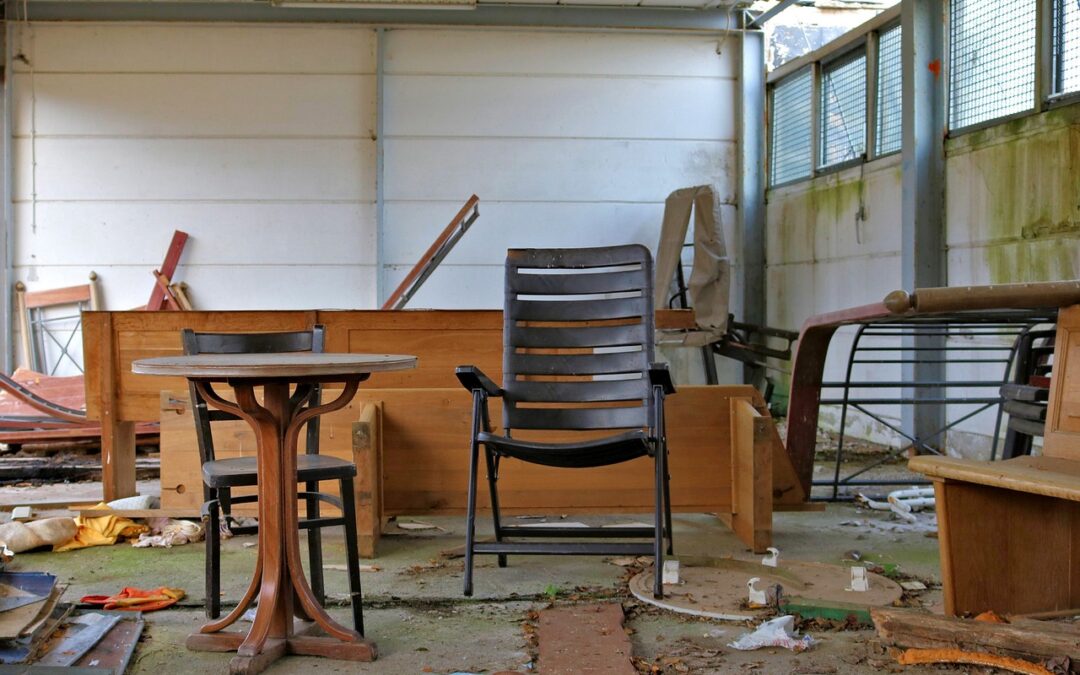Every one of us can attest to the fact that every office relocation, closure, or renovation results in dozens of no-longer-needed furniture and other equipment. What do you do with the extra chairs, electronics, desks, supplies, and cabinets? What options do you have and which ones suit your company, budget and timeline? All these are things that need to be factored in and if you can ask office furniture liquidators or procurement professionals, they will tell you that it is never easy to redistribute office furniture and equipment. Lack of expertise and experience can result in financial and environmental risks.
To help you understand the best way of recycling used furniture here are a few steps to follow;
Have an Office Furniture Inventory
It is essential to have a thorough inventory irrespective of the solution you choose. This will help your vendors get a clear picture of what the project entails. A clearly laid down inventory will also eliminate headaches that may result due to miscommunication and changes in scope once the process kicks off.
Follow these basic inventory steps;
- Use a standardized office inventory document such as a spreadsheet for a start.
- Appoint one person and set aside some time for them to fill the form.
- Record item details such as brand names, condition, dimensions, type, location, and dimensions.
- Use other documents from facilities and procurement to compare with the inventory.
Have in Mind your Project Goals and Opportunities
You should have a clear goal in mind for the furniture removal which may include a financial return, environmental care, or a hassle-free removal. To get you started, you may consider some company goals such as the following;
- Waste Reduction Targets.
- Supply Chain Sustainability.
- Compliance to Health and Safety.
- Transparency in Operations.
- Procurement Optimization.
- Sustainability Reporting.
- Be Prepared for Surplus Management Risks
Asides budget, there are also some other associated risks that come with managing large office inventory. These include on-site safety, internal time and effort, vendor relations, and others that impact the overall project outcome. Some of the risks with regard to these include;
- Safety and compliance issues.
- Scheduling conflicts.
- Internal time, effort, and distractions.
- Landfill regulations and fees.
- Disruptions to labor and logistics.
- Storage and double-handling fees.
Plan You Budget
Once you have a proper inventory and understand your risks and opportunities, you can now begin to draft your budget. If you factor in all the important factors and avoid procrastinating everything this until last minute, you will be well-prepared for any unexpected changes later on.
Engage a Reliable Furniture Recycling Company
There is nothing as bad as hiring unprofessional recycling companies. They will derail a project by damaging items, interfering with scheduling, cause unnecessary friction with stakeholders, or even mix up locations. Choose a reliable and capable logistics provider.
Manage the Entire Process
Ensure the entire process from dismantling to relocation is well managed. Keep everyone involved on schedule. For instance, staff clearing their space, technicians in charge of dismantling electrical and special equipment, and the movers responsible for dismantling and moving inventory.
Record Keeping
Document and report everything since this will help in gauging the team’s performance, shows transparency and accountability, and helps identify where every item went at the end of the project. It will help in evaluating whether project goals were met or not.
With these simple tips you can be able to dispose office items in the right way.

